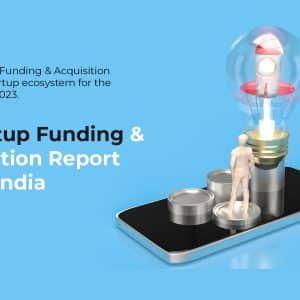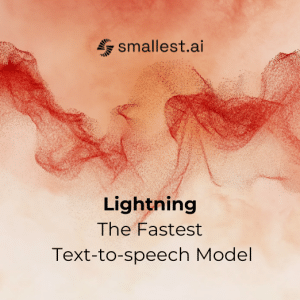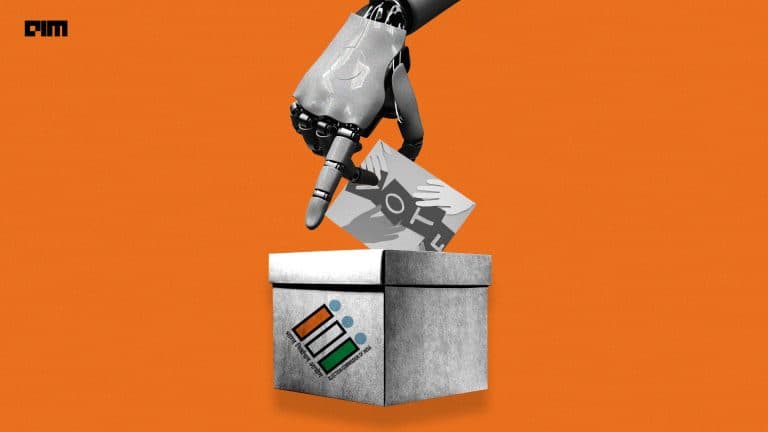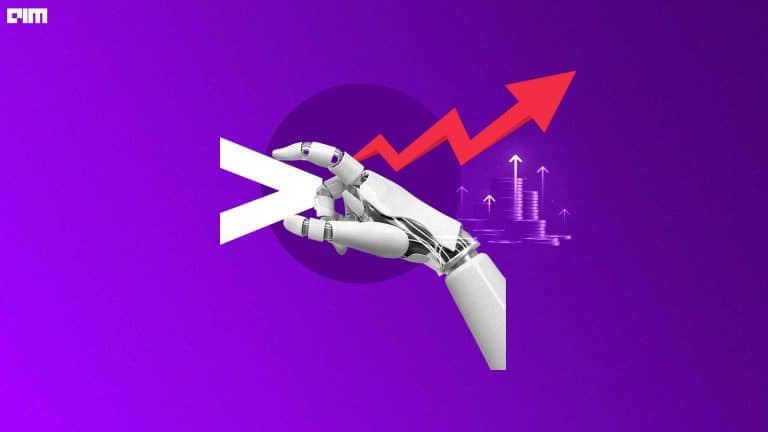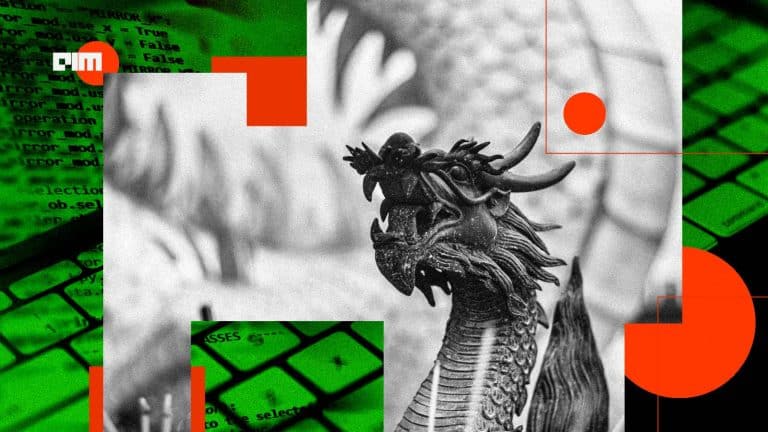AI is everywhere, even in the database layer of a tech stack. However, given the sensitive nature of the sector, the application of AI in healthcare remains largely unexplored. Hyderabad-based MetaBrix Labs, an AI-powered 3D character generation platform, is working towards expanding its use case with healthcare providers.
The startup aims to automate patient interactions by replacing boring chatbots and FAQs with a personalised 3D AI bot. In an exclusive interaction with Pratik Padamwar, the founder and CEO of MetaBrix Labs, AIM learnt about the idea behind the platform and much more.
The Initial Idea Behind Starting It All
To kickstart our conversation, we asked Padamwar about the inspiration behind creating the platform. He recounted that in 2022, his experience as a researcher in the generative AI space with companies like Intel, BMW, and more gave Padamwar the push to build a platform where people could create 3D models and characters and generate assets.
It helped that the metaverse as a concept was in trend back then. But soon, he realised that it was not easy to do everything at once. Hence, he decided to focus on building something that could create hyperrealistic 3D characters from text or images.
What Are They Building Differently?
Many platforms are currently trying to generate personalised AI avatars. So, what’s different at MetaBrix Labs?
The answer lies in MetaBrix’s UltronAI, which claims to be India’s first platform that combines text, voice, and video to create highly personalised AI. As per the company’s statement, UltronAI’s proprietary technology enables rapid and cost-effective deployment of human-like digital personas, transforming engagement strategies across sectors.
“You have unicorns in the US, companies like Character.AI, Soul Machines, or Synthesia. They are all into video AI avatars. There is no real interaction happening,” Padamwar said. He further said that the interactive AI avatars they build try to hold conversations like humanised bots.
When asked if he was inspired by Avenger’s Ultron character for his AI platform, Padamwar said that he was indeed fascinated by Tony Stark’s character to build something using AI.
Integrating 3D AI Bots With Healthcare: Privacy and Use-Case
When it comes to healthcare services, privacy is paramount. Padamwar said that while every healthcare provider has an HMS (healthcare management system), EHR (electronic health record), and CRM (customer relationship management), every component has its vendor. To integrate their 3D AI bot, they just need an API to extract data from patient records and provide more responses.
Most importantly, MetaBrix Labs does not store any data; it just acts as a visual representation on top of the data provided to its AI character. To implement this in a healthcare environment, all they need is a kiosk with a touch or non-touch screen, a single mic, and a dedicated 100 Mbps internet connection speed.
They have started deploying this in the Belenus Champion Hospital, Bangalore, and Apollo Hospital networks (in some of them). Through its implementation, the hospitals aim to reduce administrative tasks like insurance claims, automate interactions, free up time for providers, and give patients faster access to information.
“By handling over 1,000 daily patient interactions and 45,000 conversations to date, the system has reduced administrative workload by 40%,” the company claimed.
It added, “UltronAI achieved a 90% patient satisfaction rating while managing tasks ranging from appointment scheduling to complex insurance queries in multiple languages, 24×7. The results at Belenus Champion Hospital are compelling: a 30% reduction in patient wait times and a significantly improved patient experience through AI-driven interactions.”
Padamwar also mentioned that in the immediate future, they aim to work with 500+ hospitals in tier 1, 2, and 3 cities to help providers automate patient interactions with companions that give real-time feedback. It is interesting to see AI’s integration in healthcare in ways that make a difference, no matter how small.










